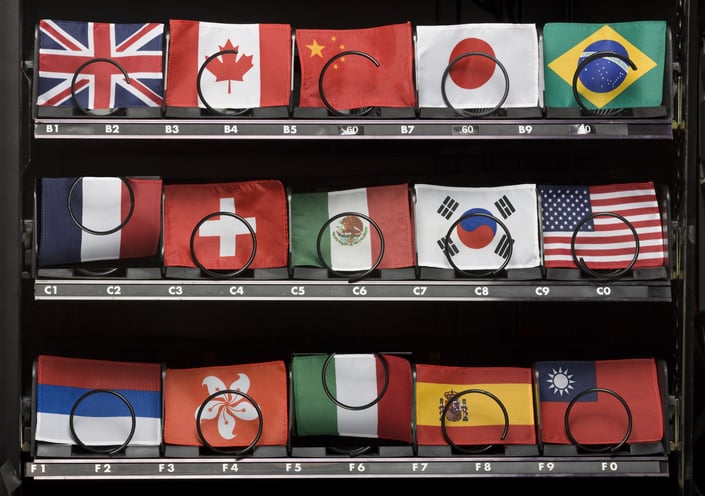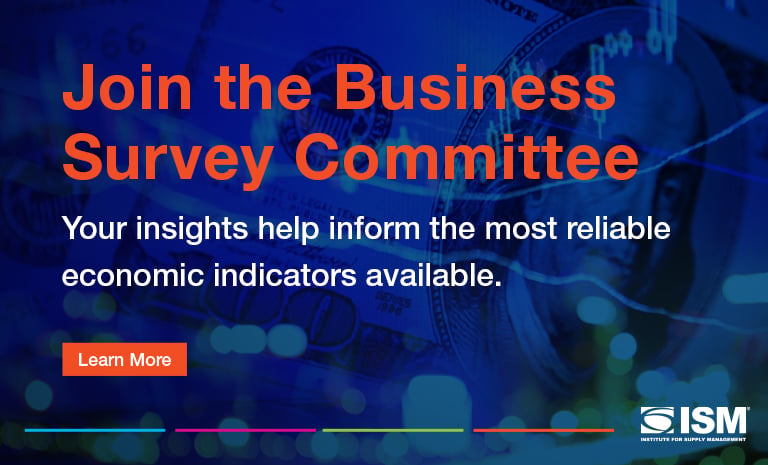Scalable Inbound Demand Planning Amid Scope Change

There’s an art to procurement. Inbound demand planning can depict an ideal supply chain picture: Using human intellect, artificial intelligence or a blend of both, the desired finish can be mapped out.
But the canvas is constantly changing. This is the profession’s never-ending challenge, which can make scalability an impossible reality.
Companies seeking to reduce the costs of goods sold (COGS), according to insights from IBM, track their inbound planning and procurement costs and further support inventory holding and goods in transit visibility, transportation efficiency and labor cost reduction. The process, when enabled and optimized, requires collaboration but can be difficult to achieve.
In recent years, the focus of primary demand planning has been on strategies to mitigate and avert disruption. Geopolitical events in Europe, Asia, the Middle East and the Americas have led to shifts in sourcing and logistics. As a result, many companies have or plan to adjust how and where they source and manufacture.
Because each supplier tier relies on another, directly and indirectly, the initial impact of change may be minimal. However, over time, impact can intensify and have a domino effect.
History Is Best Left in the Past
Paul Archiopoli, MS, C.P.M., CPIM, CMFGE, an Institute for Supply Management® (ISM®) subject matter expert, says the key may be shifting how demand planning is viewed. “Disruption is demand based, but that’s not so for demand planning,” he says.
Archiopoli, a former supply chain and operations executive in aerospace and defense, says that the tools used in advanced demand planning systems, like SAP and Oracle, are similar in that they focus on value. “The difference is how they arrive at the variability of demand,” he states.
While demand planning can be based on past events, he says, “all the intelligence in the world has little value if history is no longer a predictor of what’s next. The recent and now normalized quick pivots in supply and demand have shown that.” He adds that stocking inventory can be helpful to a point.
Inbound demand planning and forecasting is most effective when it’s collaborative, “involving sales, executives and marketing opinions. Educated guesses must be made,” Archiopoli says. “Alternatives are formulated from knowledge in that moment — weighing complexity, margins, costs and more.”
Supply chains must be ubiquitous, no matter the circumstances, and find agility amid shifting consumer sentiment.
“People are afraid economically, leading them to change consumption behaviors and limit spending, not necessarily correlating to a recession, though affecting demand and subsequently, supply,” Archiopoli says. He notes that people now favor online retailers over brick-and-mortar sites, adding that, “discounts are not prompting sales, creating a far less predictable environment for supply chain.”
How Procurement Flows Elsewhere
Best practices for inbound demand planning include establishing and managing relationships with trusted suppliers that are willing to meet business objectives to improve the end-to-end supply chain. Developing a dependable flow of goods, greater visibility, transparency and multiple solutions, should disruption occur, are necessities.
Offshore sourcing, from a cost-efficiency perspective, may have run its course, as for many companies, U.S. supply chain strength is migrating to North America’s borders.
“It’s easier to do business in Mexico. It enables quicker responsiveness in emergency cases,” says Archiopoli, adding that manufacturing and suppliers in Mexico can more readily connect to U.S. systems. Communication breakdowns, whether from cultural differences or language barriers, are less pervasive when doing business with Mexico, he says: “Sharing information is easier. We have the United States-Canada-Mexico Agreement (USMCA) in place and the logistics challenges are minimal, with land transit replacing ocean transit.”
Along with such benefits of demand and material planning with Mexico, other North American and Central American countries, Archiopoli says, nuances of conducting business with China may not align with U.S. needs and increase risk. “In China, they often do business as ‘good enough’ from their perspective. In Mexico, they do business by following exactly what is written on paper, making the relationship more predictable and cooperative,” he says.
To ease the transition from offshoring to nearshoring, Archiopoli suggests looking into companies in Mexico that offer manufacturing shelter service, which enables faster go-to-market lead time. Shelter service providers can capitalize on bilateral trade agreements and other services that have proper country-specific business practices in place. In addition, regulatory and fiscal hurdles often experienced by foreign manufacturers in Mexico are mitigated, minimizing financial and operational risks.
Scaling for Future Unknowns
There is a cycle to demand planning, Archiopoli says. Inbound demand planning must include analysis of demand, as well as agreement on assumptions and forecasting projections. Then, after careful review, he recommends another demand analysis, with adjustments where needed and a final review of the plan, with contingency-based alternatives. It may seem like an immense amount of work at the front end, he says, but worth the hours saved should a disruption occur.
Companies seeking greater efficiency in planning may consider artificial intelligence (AI) integration. If configured well, AI can be useful to material planning systems, Archiopoli says: “It has applications in demand planning, through automating human processes. But it still needs evaluation as to whether the solution it provides is accurate.” He added that he doesn’t believe that AI has yet reached a state where its transformational.
Demand planning, even in the most stable scenarios, requires inventory management that monitors cycle stock, safety stock and the reorder point. This will help provide a company with the intuitive flexibility needed to maintain resiliency amid supplier and consumer shifts, as well as disruptions to come.

